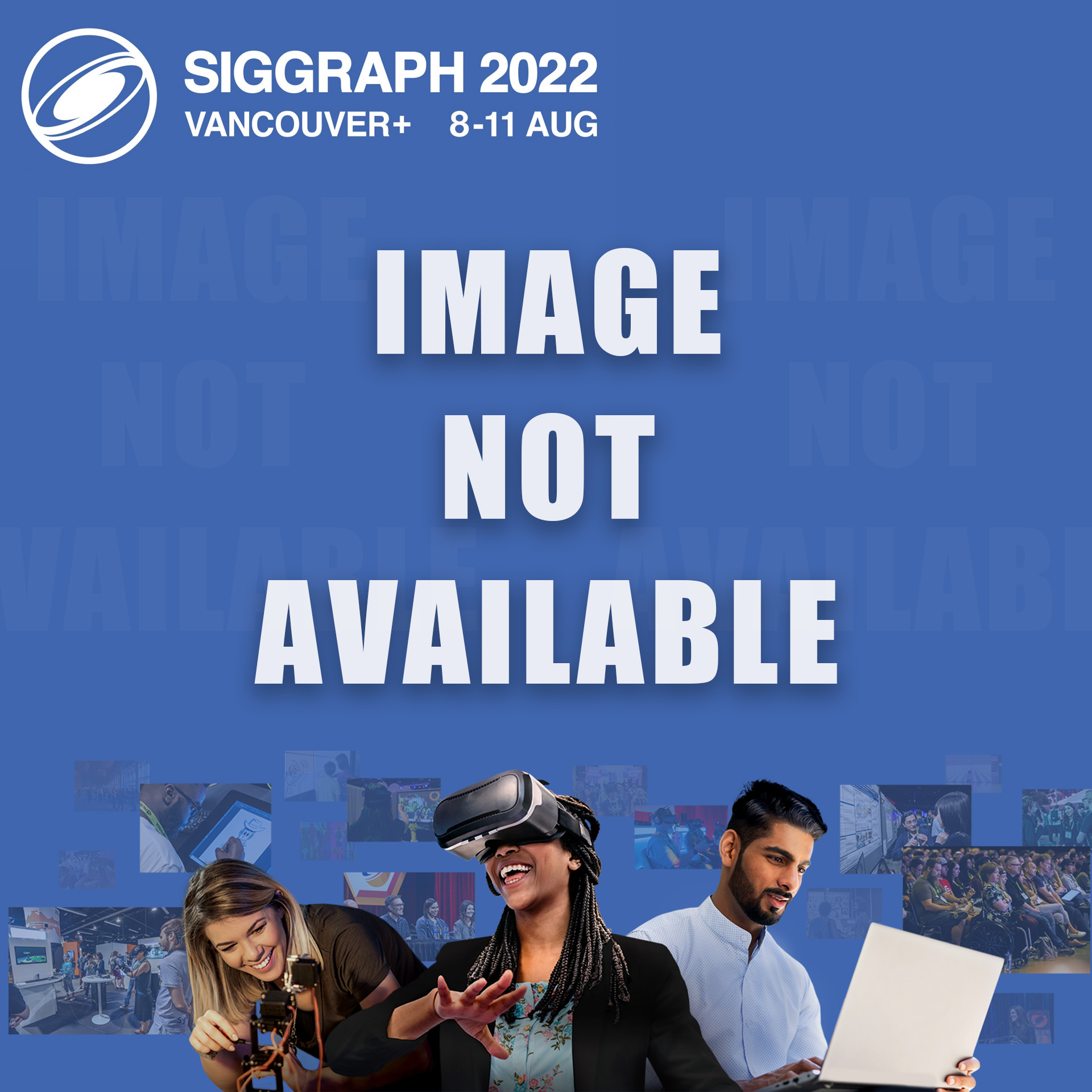“How Ron’s Gone Wrong Went Right With Procedurally Generated Vector Graphics” by Siebzener, Nieto, Chan and Baaske
Conference:
- SIGGRAPH 2022
-
More from SIGGRAPH 2022:


Type(s):
Title:
- How Ron's Gone Wrong Went Right With Procedurally Generated Vector Graphics
Program Title:
- Demo Labs
Presenter(s):
Description:
In the feature animation film Ron’s Gone Wrong there are many robot characters designed to have their surface working like a display. The acting of those characters relied mostly on moving graphic elements represented on their surface: animated faces, costumes and props. All graphic elements had to be art-directed, requiring the animation department to be able to control them interactively.
We propose a procedural workflow to produce animated textures from a rig, apply filters and project them onto the character’s surface to mimic a screen-like effect. The workflow proved to be flexible and scalable to address many characters in production, with several levels of complexity and a lot of creative input.
References:
- Google. 2021. Skia. https://skia.org/docs/.
- Jesus R Nieto, Charlie Banks, and Ryan Chan. 2018. Abstracting Rigging Concepts for a Future Proof Framework Design. In Proceedings of the 8th Annual Digital Production Symposium (Vancouver, British Columbia, Canada) (DigiPro ’18). Association for Computing Machinery, New York, NY, USA, Article 3, 3 pages. https://doi.org/10.1145/3233085.3233088
- Jeremy Ringard and Claude Levastre. 2019. Facial Pipeline in Playmobil: The Movie. In ACM SIGGRAPH 2019 Talks (Los Angeles, California) (SIGGRAPH ’19). Association for Computing Machinery, New York, NY, USA, Article 6, 2 pages. https://doi.org/10.1145/3306307.3328207




